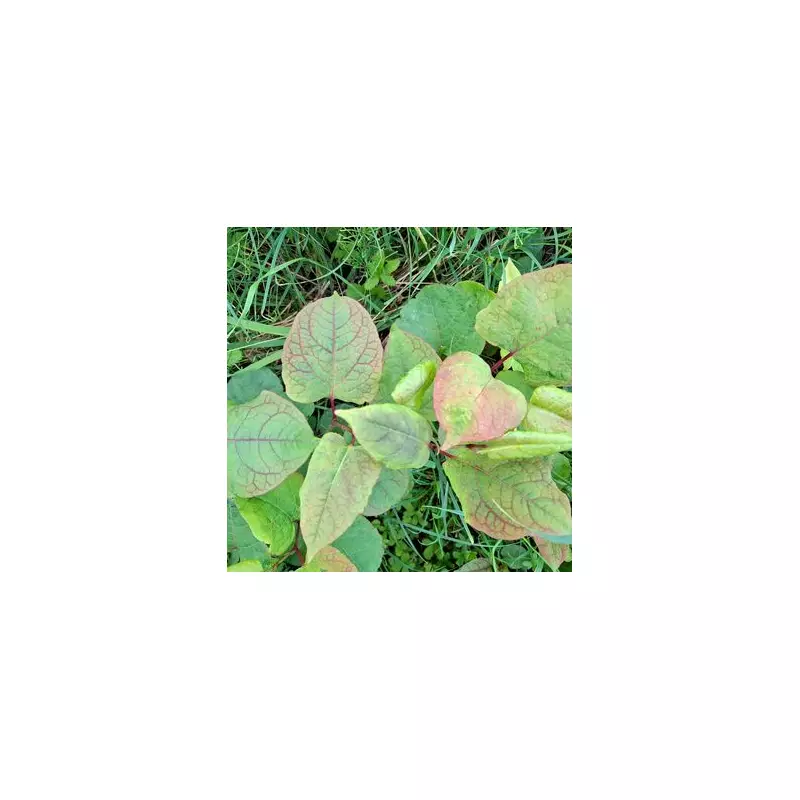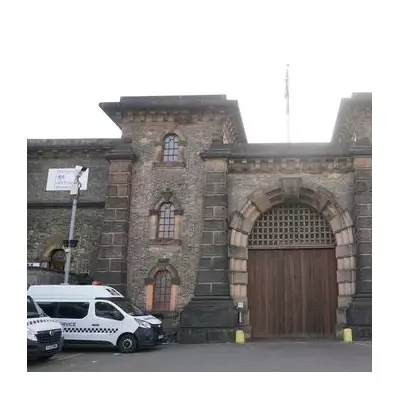
Homeowners across the UK are being issued an urgent warning to inspect their gardens for the subtle signs of a 'sneaky' and destructive invasive plant before it disappears for the winter.
Japanese knotweed, a notorious horticultural nuisance, dies back during the colder months, making it incredibly difficult to identify. This means a potential property disaster could be lying dormant and unseen in the soil until spring.
Why Autumn is Your Last Chance
According to specialists at Japanese Knotweed Ltd, now is the final opportunity this year to spot the plant while it still possesses some of its distinctive features. Once winter sets in, the plant will blend in with the landscape, appearing as nothing more than ordinary brown stems or a dead shrub.
Jennifer Holmes from the company emphasised the urgency, stating: "Right now, knotweed still has some flowers and the above-ground parts of the plant are quite distinctive, but wait until the winter and all you'll see is a bunch of brown stems that could be overlooked as pretty much any winter shrub."
How to Identify Japanese Knotweed
To help gardeners, experts have shared key identification tips for the autumn period:
- Leaves: Heart-shaped with a flat base and a pointed tip. They are a vibrant green and grow in an alternating pattern along the stem.
- Stems: Hollow and bamboo-like, capable of growing up to 3 metres high. They feature characteristic purple speckles and a zigzag growth pattern. In autumn and winter, they turn brown and brittle.
- Flowers: Small, creamy-white clusters that appear from August to September.
- Roots: An extensive underground network that, when snapped, reveals a bright orange interior.
- Winter Appearance: The plant dies back, leaving brown, fragile, hollow canes that often remain standing.
The High Stakes for Homeowners
The consequences of misidentifying knotweed as a harmless plant like Russian vine, bindweed, or dogwood are severe. It is estimated to be present in roughly 5% of UK gardens.
If left unchecked, this invasive species can cause significant structural damage, devalue a property, and hinder the use of outdoor space. The plant spreads rapidly through disturbed soil or fragments from a neighbour's property, often underground where it remains invisible until it's too late.
This can lead to costly treatment plans and even potential private nuisance claims from affected neighbours. Holmes added: "It's crucial all home and land owners know how to spot knotweed because its early detection can reduce costs to remove or control it. It's not OK to simply ignore knotweed."
With the darker months approaching, making that one final garden check could save homeowners from a financial and horticultural headache next spring.





